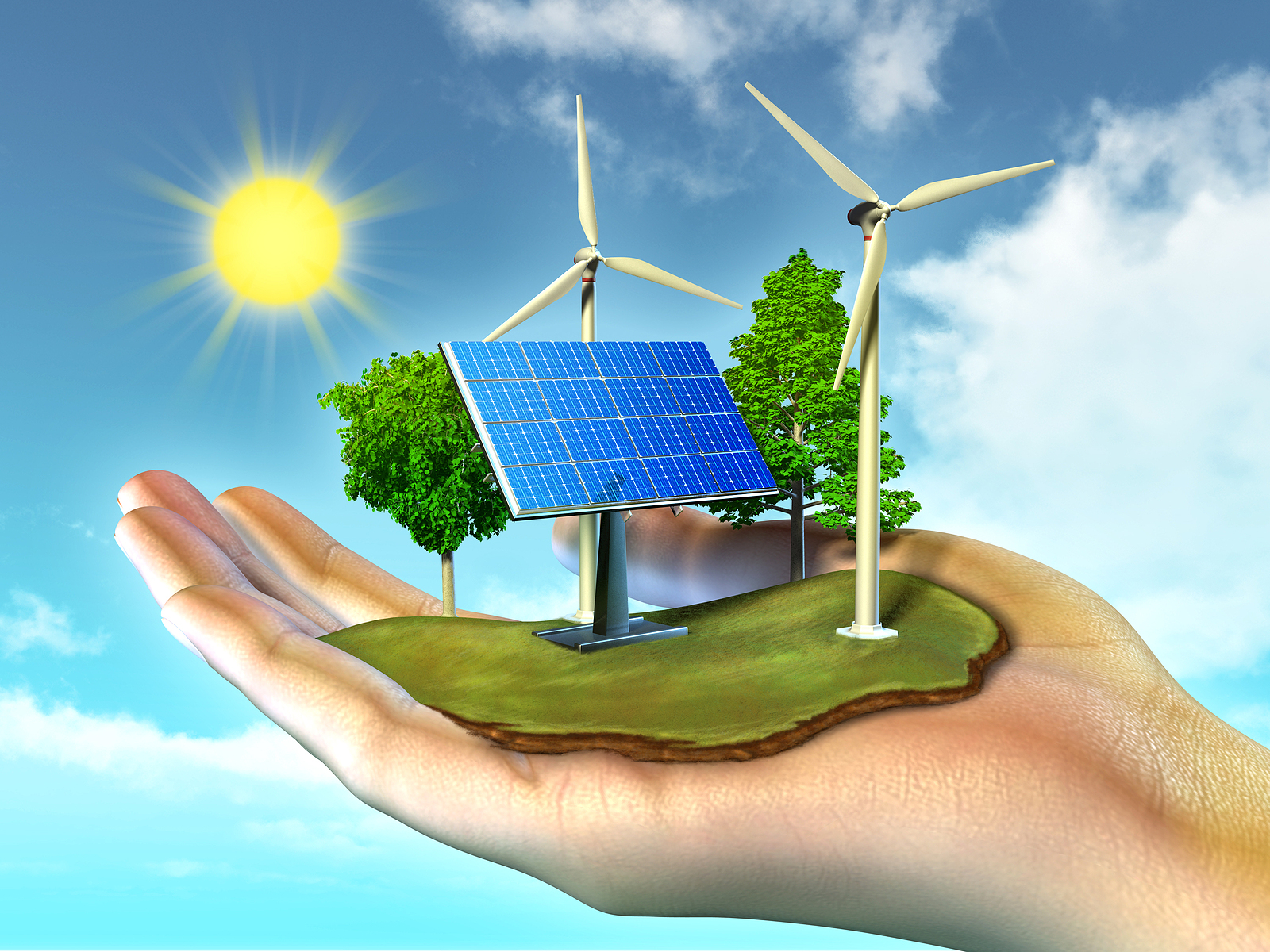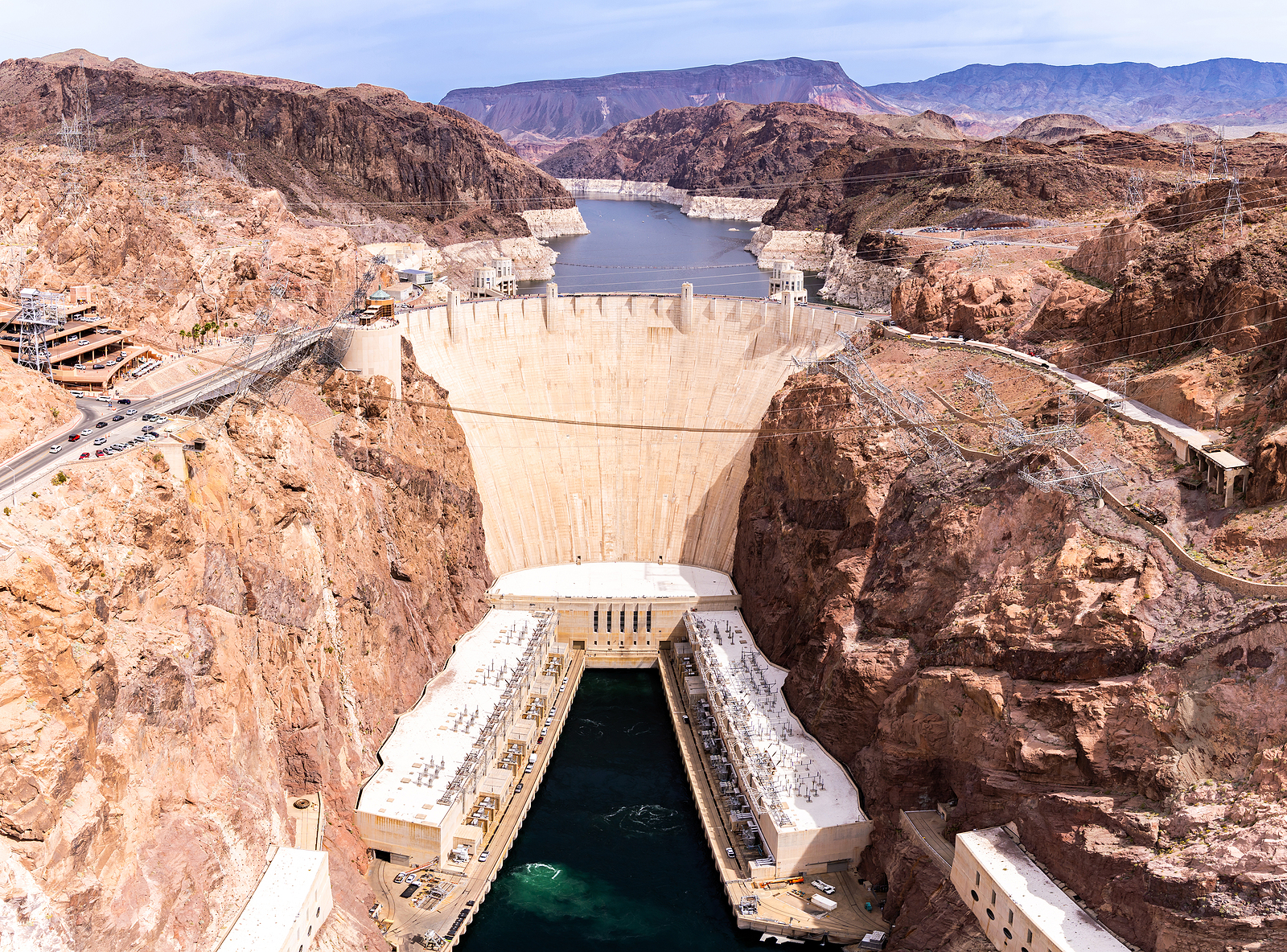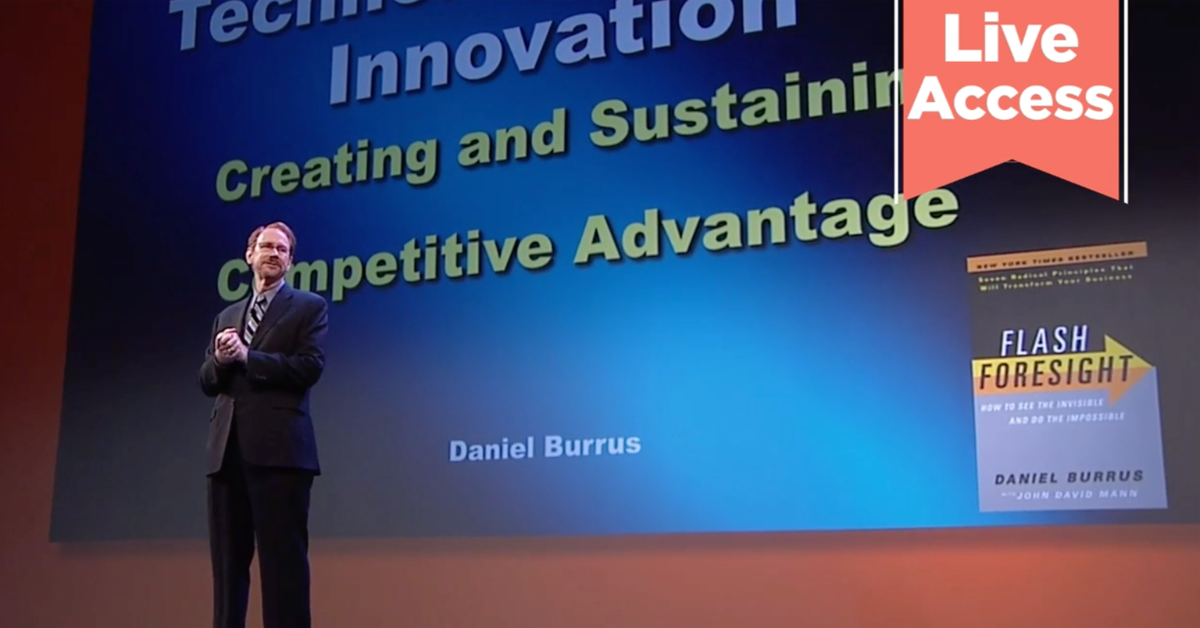The world population today is a little less than 8 billion people, and this number will only increase in the coming years — A definite Hard Trend future certainty. It is estimated by industry experts that by the year 2050, the population will reach around 9.7 billion people.  Along with this increase in population comes an increased demand for basic human necessities, such as food, clean water, clothing, and shelter. And connected to all these basic human necessities is the need for more energy and energy storage solutions. What do we need to produce more food? Energy to run farm equipment. What do we need to supply clean water? Energy to run a water treatment plant. What does producing more clothing require? You guessed it — Additional manufacturing plants that again require energy.
Along with this increase in population comes an increased demand for basic human necessities, such as food, clean water, clothing, and shelter. And connected to all these basic human necessities is the need for more energy and energy storage solutions. What do we need to produce more food? Energy to run farm equipment. What do we need to supply clean water? Energy to run a water treatment plant. What does producing more clothing require? You guessed it — Additional manufacturing plants that again require energy.
Population and the need for energy go hand in hand, and like all trends, this presents an interesting challenge to organizations as it leads to both fully predictable problems and bountiful business opportunities. We must utilize an Anticipatory Mindset to look at both sides of the coin. This additional energy requirement will be a major disruptor to many industries as well as individual lives, but looking to address tomorrow’s predictable problems today can shape a better future for us all!
The Issue with Our Current Energy Sources
The current discussion on energy addresses both the quantity and quality of the sources we rely on. Traditional fuels such as coal, oil, and natural gas, which have been the bedrock of industrial development, are limited in supply.

Moreover, the combustion of fossil fuels for energy is linked to the release of carbon dioxide and other greenhouse gases. This has led to a growing consensus on the need for alternative energy sources that are both sustainable and less damaging to the environment. Renewable energy technologies, such as solar and wind power, are seen as key to this transition because they harness natural processes that are inherently abundant and generate lower carbon emissions.
But before we all assume batteries are the best technology to replace fossil fuels, it is important to note that even lithium is a finite resource. That means our lithium-ion batteries will eventually need to be replaced by another energy storage solution as batteries are just that — Energy storage solutions, not energy producers. The energy itself still comes from coal and fossil fuels.
While some energy companies have implemented more renewable sources such as wind and solar power to replace using fossil fuels, these solutions as they stand are unreliable. Renewable energy relies on environmental conditions, which are fickle at best. When the wind dies down, blades on wind farms do not turn and electrical production is brought to a halt. When we have a cloudy day, solar panels lose 75 to 90 percent of their generating capability!
The challenge goes beyond simply generating energy; a crucial and more intricate component is the storage of that energy. While some renewable energy sources can be stored, the process of capturing and retaining this energy for later use presents its own set of difficulties.
Not Just More Energy — Better Energy
All that information may put us in a predicament that most may see as being an impasse. However, myself as well as many Anticipatory Leaders of today see opportunity.
We have the issues in front of us that we have time to pre-solve now. How do we not only create additional energy, but better and cleaner energy? Better yet, energy that is reliable and capable of being stored for long periods of time.
If we truly want to reach the goal of net zero emissions, we need to start thinking outside the box by way of exponential thinking. This principle that Anticipatory Leaders practice in looking beyond the traditional uses of a product and applying it in new, innovative ways, even across industries.
It is time that the energy sector becomes positively disrupted by exponential thinking. And believe it or not, this is exactly what companies like Energy Vault are doing with the concept of gravity-based energy generation and storage!

Gravity-based energy generation and storage has been around for years in the form of hydropower — Using fast running water to produce and store energy. Think simple: Think of the Hoover Dam. Running water has powered much of Las Vegas for decades! Now what Energy Vault is doing takes this same concept of gravity-based energy generation and storage to a whole new level.
Instead of using running water, they are experimenting with lifting and lowering blocks of soil and waste materials, using gravity to generate and store energy. This concept is still in its infancy stage, but it has far-reaching implications as a new form of renewable energy with a greater level of storage potential.
Exponential Thinking Makes Way for New Possibilities
Every single industry, including and especially the energy sector, can benefit from thinking exponentially and expanding their horizons to accomplish what we initially feel to be impossible. What Energy Vault is doing will stand to be seen as widely successful; however, they are certainly thinking exponentially to build the foundation for the future.
Remember: If it can be done, it will be done, and if you do not do it, someone else will. And exponential thinking is how we get to that point with creative crossovers that improve industry processes.
Companies like Energy Vault are not only becoming disruptors in their industry but also positive disruptors in the world. In a world where the population and energy usage are growing at unprecedented rates, organizations can stay ahead by adopting a forward-thinking approach that focuses on addressing future challenges now.
Get ahead of the curve with Daniel Burrus’ 25 Top Tech Trends Report for 2024, offering a comprehensive look at the future of technology and its impact on society. Equip yourself with the knowledge to navigate the complexities of tomorrow. Download the report now and embark on a journey to understanding the future today.







Comments